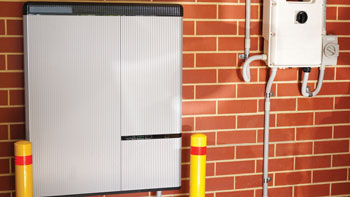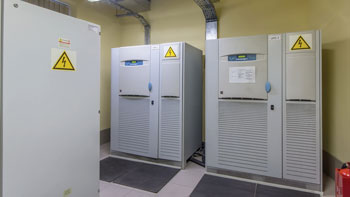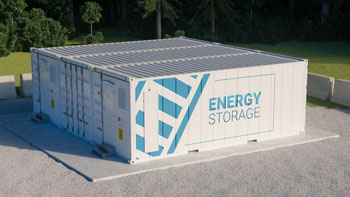Incidents Involving Battery Energy Storage Systems (BESS)
Use the menu on the left to learn how battery energy storage systems work and the risks they pose to first responders. You will learn the stages of battery failure, response tactics for each stage, and how to protect yourself, your team, and the public during incidents involving residential, commercial, and utility-scale systems.
 .
.  .
. 
